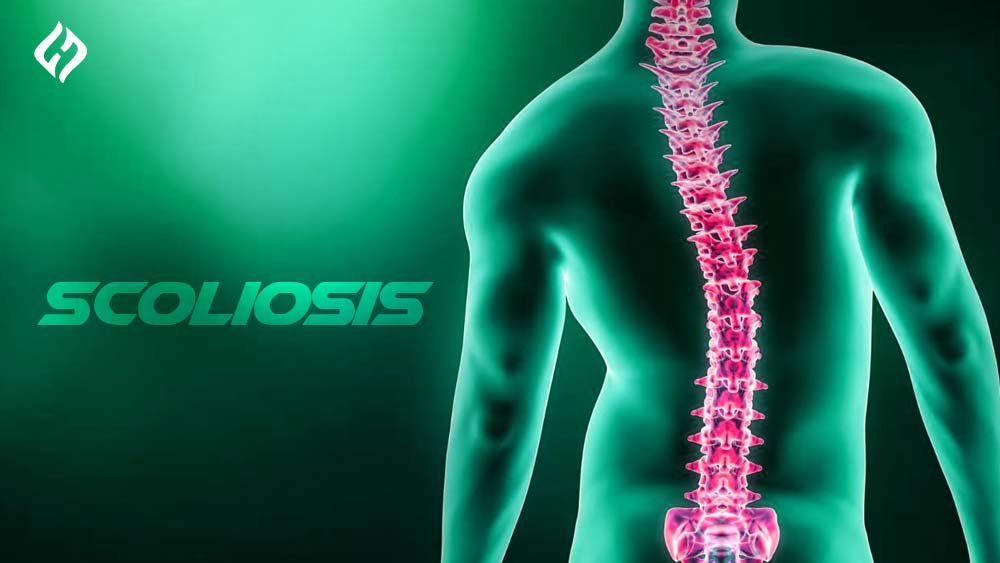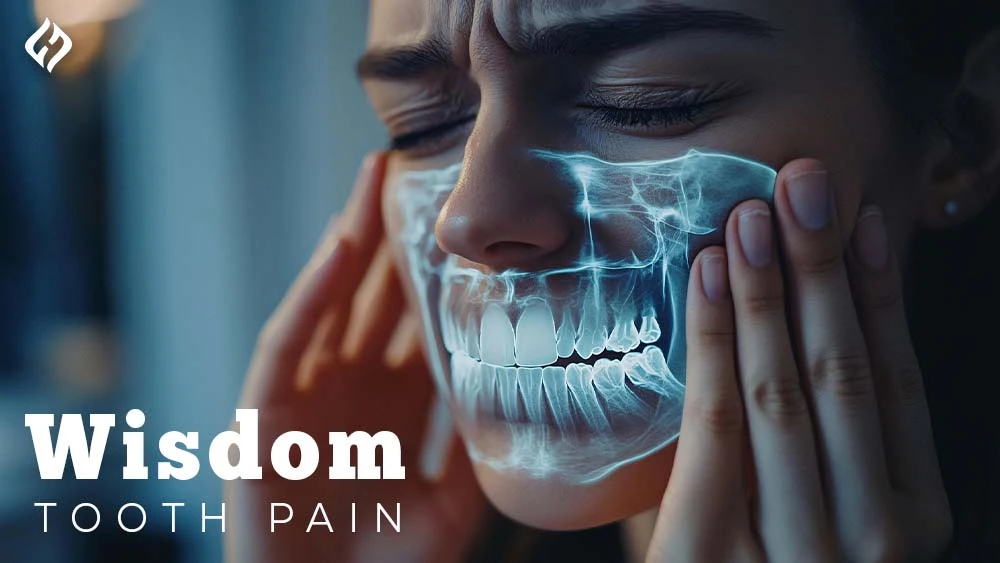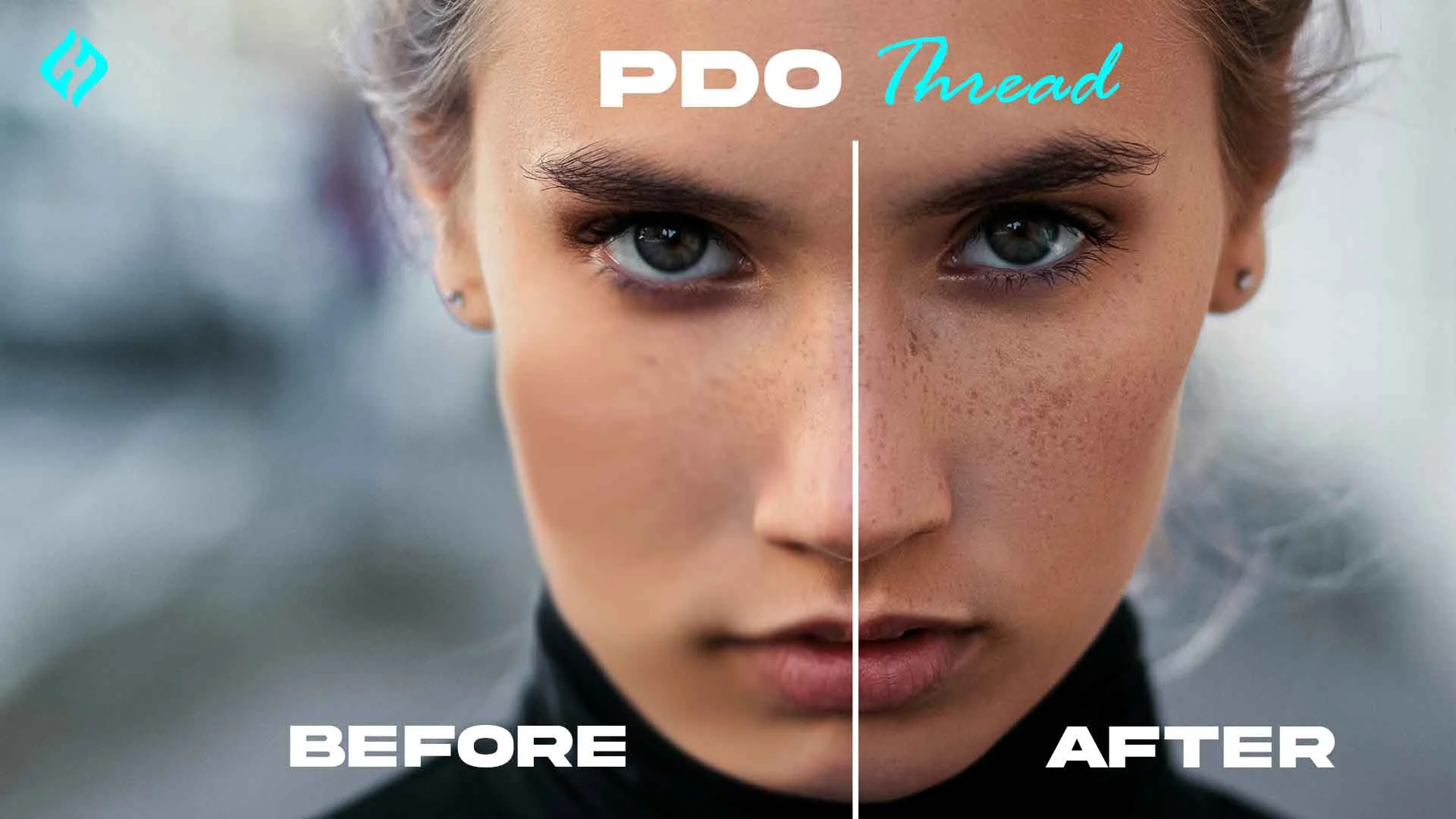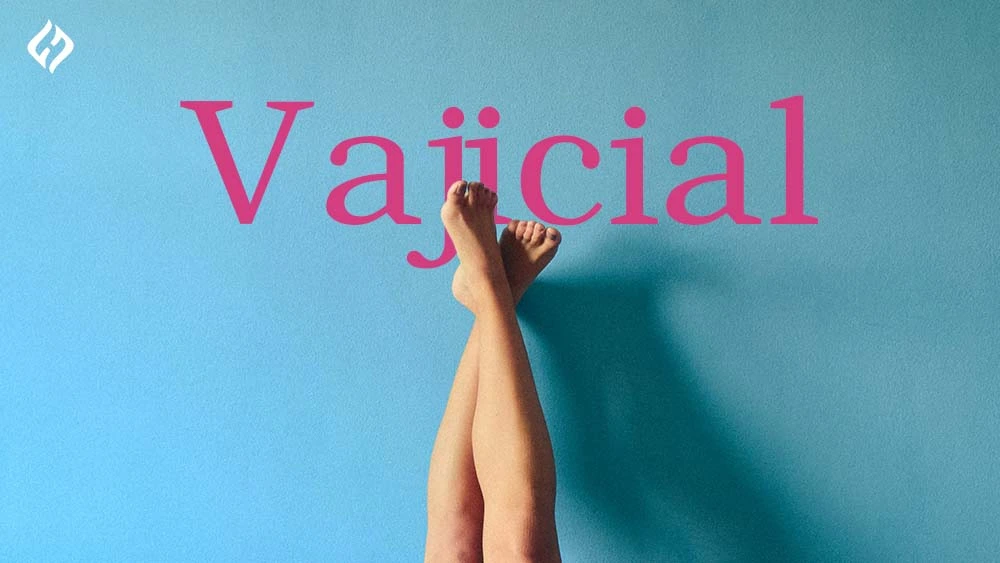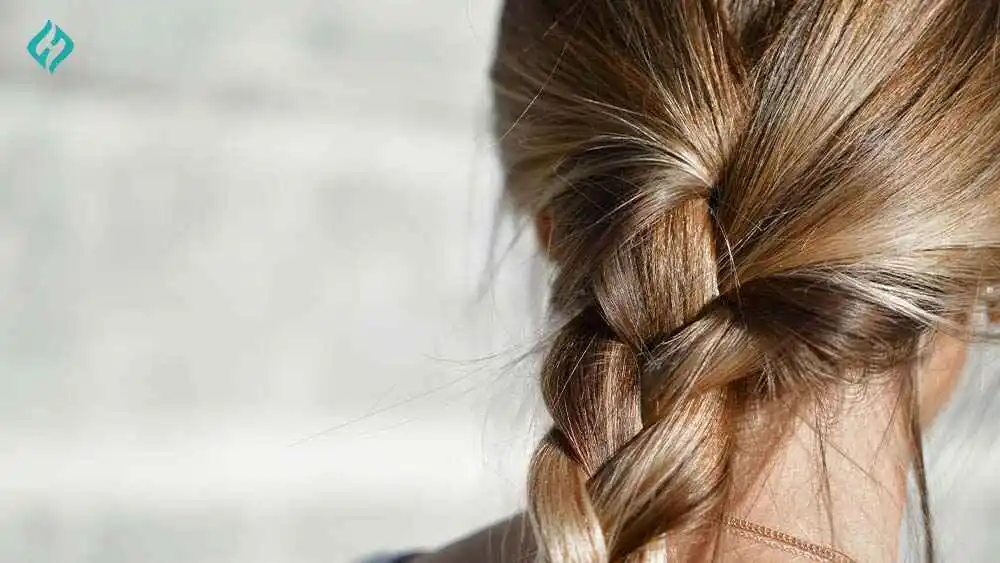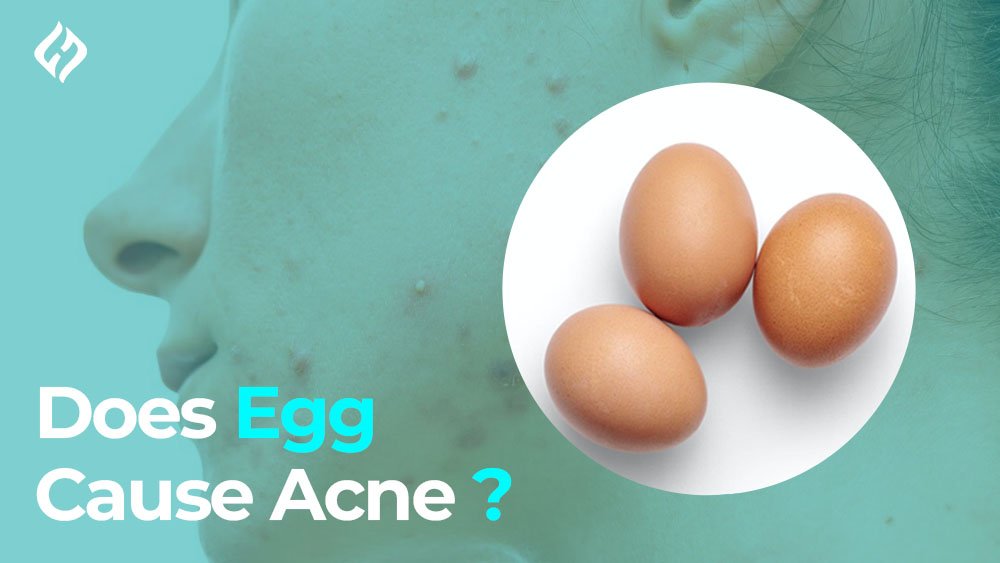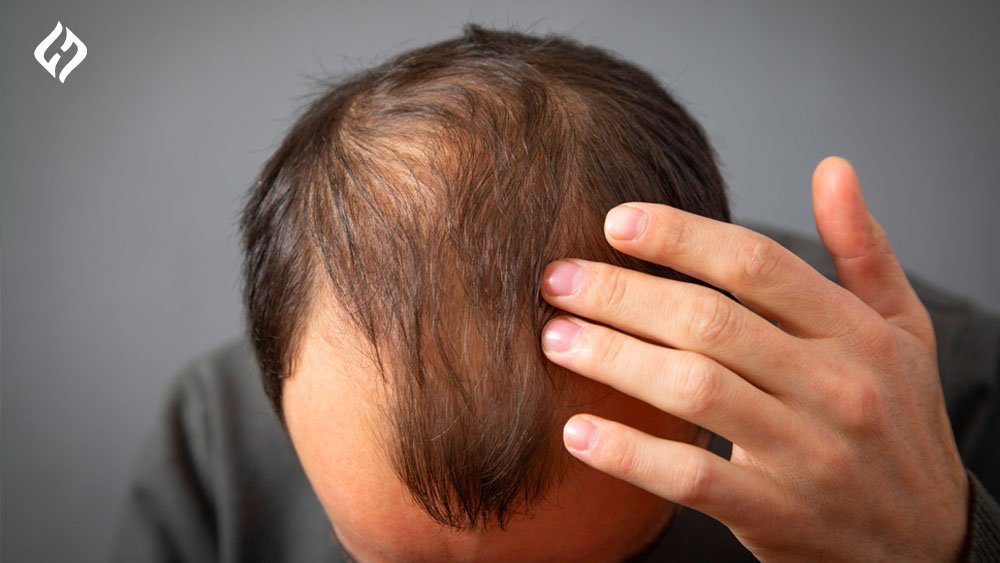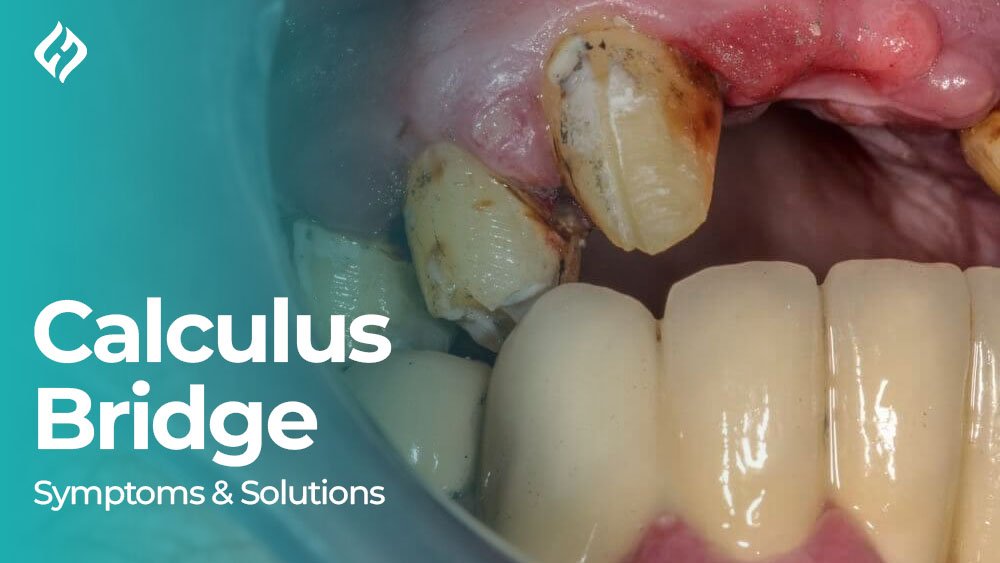Understanding Scoliosis and Its Impact on Disability
Scoliosis is a condition caused when the spine curves sideways in an “S” or “C” shape. In some individuals, it may cause severe pain, and some individuals may face mild pain. It creates a curve and disturbs the body alignment. X-rays can diagnose it, and sometimes MRIs for the severity of curvature. Scoliosis is very common in children and adults. The most asked question is, “Is Scoliosis a disability?” In this article, we will discuss Scoliosis and the deep study of whether it is a disability or not.
Causes and Types of Scoliosis
Idiopathic Scoliosis
A condition in which no cause of Scoliosis is identified. Most doctors can’t find the exact reason for this type of Scoliosis. It usually appears in adults or teenagers during puberty.
Congenital Scoliosis
Congenital Scoliosis occurs in a baby due to abnormal spine development during pregnancy. This type of Scoliosis can be cured by surgery.
Neuromuscular Scoliosis
Neuromuscular Scoliosis is a condition that occurs due to problems formed in muscles and nerves joined with the spine. Also, due to cerebral palsy or muscular dystrophy, Scoliosis occurs in individuals.
Symptoms of Scoliosis
Scoliosis is of different types, and its symptoms vary from person to person. Its symptoms range from mild to severe. Common symptoms include uneven shoulders and uneven waist, uneven ribcage, change in spine curvature, or one hip appearing higher than the other. Scoliosis also causes muscle stiffness and, severe back pain, patchy skin, and color change. In severe conditions, it affects body posture and limits body movement. If you see any symptoms in your body, you have to consult a doctor early.
How Scoliosis Impacts Day-to-Day Living
Living with this medical condition of Scoliosis with so much pain is very difficult. Patients suffering from this condition feel difficulty moving their bodies. It makes it challenging for patients to sit and stand. Physical discomfort like back pain and muscle stiffness occurs due to Scoliosis. Surgery is the only treatment for Scoliosis, which requires a lot of money and time, making it a burden for patients. Due to their condition, individuals may feel lonely and left out and lose self-esteem, especially in severe cases.
Complications Linked to Severe Scoliosis
Complications depend on the severity of spinal curvature. These may include chronic pain, difficulty breathing, problems with the lungs and heart, and strain on internal organs. Individuals feel severe back pain and discomfort. Nerve damage and muscle stiffness can lead to complications. Sometimes, in severe cases, it becomes difficult for them to move their body.
What Is Disability?
Disability is defined as a condition in which a person feels unable to do any work and limits a person’s ability to perform daily tasks. This may be due to physical, mental, or sensory health problems.
When Is Scoliosis a Disability?
Severe Scoliosis is a disability that occurs when individuals face mobility problems or lose their ability to do work. Severe Scoliosis can be a disability in which individuals feel discomfort or difficulty moving. Medical treatment like surgery is necessary for severe Scoliosis. Severe scoliosis conditions can’t mean it’s a disability until a person feels unable to do any work, or it totally affects mobility.
Understanding Disability Criteria for Scoliosis
Not all cases of Scoliosis are considered disabilities. The key factor is how much the condition limits daily life. Severe curvature, chronic pain, and the need for invasive treatments or assistive devices can make Scoliosis qualify for disability benefits.
Conditions That Commonly Overlap with Scoliosis
When Scoliosis occurs in the body, some other conditions may appear, like arthritis, degenerative disc disease, and osteoporosis. These conditions can further affect a person’s mobility and ability to do daily tasks. Due to spinal curvature, the lungs are affected, which causes respiratory issues. Depression, anxiety, and mental health problems may occur when a person has Scoliosis. When these conditions occur together, it leads to serious problems and causes disability.
Also Checkout: Prevent & Treat Calculus Bridge: Symptoms & Solutions
Where to Find Disability Resources if You Have Scoliosis
Numerous organizations can help you if you have scoliosis disability.
United States Social Security Administration (SSA): This organization provides financial aid if you have a scoliosis disability.
Social Security Disability Insurance (SSDI): This program provides financial assistance to individuals who have a scoliosis disability.
Supplemental Security Income (SSI): This program helps individuals who have Scoliosis, low incomes, and few assets.
There are also some websites where individuals with disabilities can apply for healthcare coverage, such as Medicaid.gov.
How Does Scoliosis Affect Financial Well-being?
Scoliosis treatment is done through surgery, which is very costly. Its treatment involves doctor visits, physical therapy, medical imaging tests, and braces, which cost about $4000-$7000. Surgery cost ranges from $150,000-$180,000. This treatment is very expensive if you have a low income and few assets. You must apply to different programs that help you financially treat Scoliosis.
Could the ScoliSMART Activity Suit Be a Solution?
The ScoliSMART Activity Suit is an innovative approach for treating Scoliosis. Normal walking and arm and hip movement with a suit help improve the posture of your spine and reduce pain. This approach is best for achieving spinal stability and neuromuscular re-education. ScoliSMART activity does not immobilize the spine like braces but focuses on building flexibility and strength. It is not a permanent treatment, but it can be effective for individuals with mild Scoliosis. Before using the suit, the right option is to consult any doctor first.
How to Qualify for Disability Benefits if You Have Scoliosis
Qualifying disability benefits with Scoliosis involves meeting specific criteria. The Social Security Administration (SSA) requires evidence that Scoliosis limits your ability to work or perform daily tasks. Medical records, imaging tests, and a doctor’s statement are often needed to prove the condition’s severity. In some cases, functional limitations like reduced mobility or chronic pain play a critical role in meeting these criteria. Consulting a disability attorney or advocate can help navigate the application process and increase the likelihood of approval.
Scoliosis and the Benefits You Might Be Eligible For
Social Security Administration (SSA), Social Security Disability Insurance (SSDI), and Supplemental Security Income (SSI) benefit individuals with financial assistance who have severe Scoliosis or disability. These programs provide financial support for individuals who are unable to do their work due to severe Scoliosis. They get benefits like monthly stipends and medical care assistance. When applying for these programs, they have to know your imaging reports, your medical history from your doctor, and proofs like checkups, therapies, and surgeries.
The Role of Medical-Vocational Allowance in Scoliosis Cases
If an individual doesn’t have severe Scoliosis or disability but has mild to moderate Scoliosis, they can apply for a Medical-Vocational allowance. Surgery for Scoliosis is very expensive; individuals who are poor can apply for this assessment. This approach requires your age, work history, and physical limitations. For instance, if Scoliosis prevents individuals from standing, sitting, or lifting heavy objects, it can qualify them for a Medical-Vocational allowance.
Lifestyle Changes to Prevent Scoliosis Worsening
Changing your unhealthy lifestyle towards a healthy lifestyle is necessary to prevent severe Scoliosis. Individuals who have Scoliosis must take preventive steps to avoid Scoliosis from worsening, which are as follows:
- Take regular exercises daily.
- Taking part in activities like yoga or swimming, which strengthen core muscles.
- Maintaining good posture.
- Using ergonomic furniture can prevent Scoliosis from worsening.
In adult age, routine screenings are essential. Individuals must avoid heavy lifting because it can cause severe complications in the spine. These healthy lifestyle tips, combined with regular checkups with a doctor, can prevent you from severe Scoliosis.
Practical Tips to Stay Active and Independent with Scoliosis
Back pain occurs due to the bad posture of scoliosis patients. People with Scoliosis must be in good posture all the time to prevent Scoliosis from worsening. There are some tips which help patients with Scoliosis to stay active:
- Individuals with Scoliosis must remain active by doing exercises, doing yoga, practicing meditation, and walking.
- Scoliosis patients must have to keep their shoulders even to prevent any strain on the spine.
- Do not add any kind of pressure on your spine to stay active.
- Do not lift something heavy on your back.
- Use supportive shoes, ergonomic furniture, or some pain-reducing devices.
- Do stretching, which keeps your spine flexible and gives it strength.
Individuals with severe Scoliosis must consult a physiotherapist. These tips help patients with Scoliosis stay active and independent.
Conclusion
Scoliosis can range from mild to severe in most cases. Knowing its symptoms, causes, and effects, consulting with a doctor early, gaining financial assistance, and getting treatment through surgery are crucial steps for managing it effectively. Whether you’re dealing with mild Scoliosis or, in severe cases, a healthy lifestyle, staying active and a lot of care and support from loved ones can significantly improve your condition.
FAQs
- Can Scoliosis cause permanent disability?
Severe Scoliosis can lead to permanent disability in patients. However, early treatment can prevent individuals from disability.
- How is Scoliosis treated?
Treatment options include physical therapy to braces in mild Scoliosis; in severe Scoliosis, surgery is the only option.
- Are braces the only treatment for Scoliosis?
No, it’s not the only option for scoliosis treatment. Depending upon the severity, the treatment includes physical therapy to brace and then surgery.
- Can adults develop Scoliosis later in life?
Yes, idiopathic Scoliosis mostly occurs in adults due to aging or the puberty phase.
- Does Scoliosis always progress over time?
No, it is not necessarily. In some cases, it got worse, and others remained stable with proper management.


